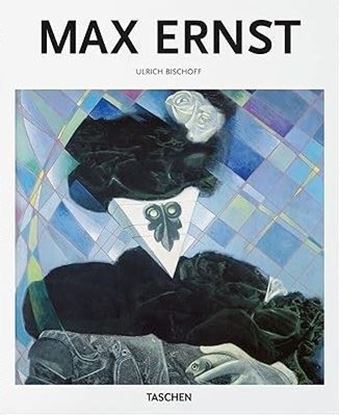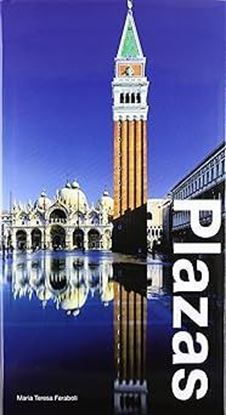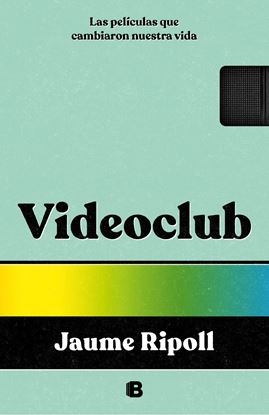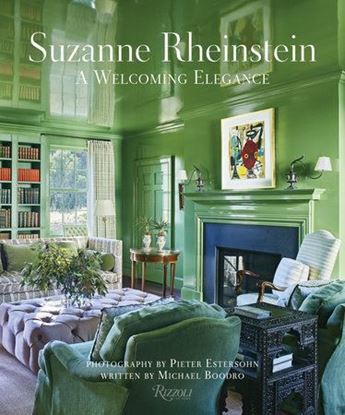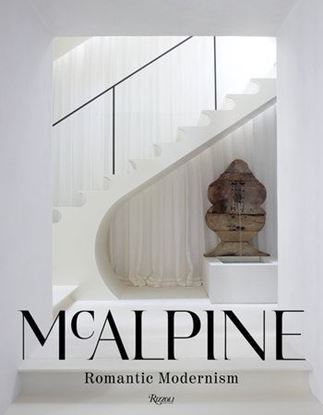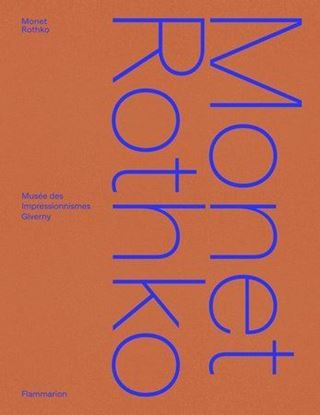

MAX ERNST (BA-ART) (E)
Max Ernst (1891-1976) transformó todo lo que tocó con una originalidad artística sin igual. Se convirtió en una de las figuras más importantes del dadaísmo y del surrealismo que ensanchó las fronteras del arte y rompió con la visión limitada de la cultura de su tiempo. Impulsado por la reacción a los horrores de la Primera Guerra Mundial, se convirtió en un pionero del movimiento dadaísta. La cancelación de la famosa exposición dadá en Colonia por “obscenidad” llevó a Ernst a pasar el resto de su vida en París, donde entró en contacto con los surrealistas.Por encima de todo, Ernst destaca por la variedad de estilos y técnicas que empleó. Su obra abarca desde la pintura, el dibujo y la escultura, pasando por textos y escenografías, hasta novelas de collage y el desarrollo de su propia técnica de frottage. Durante la Segunda Guerra Mundial, Ernst, como muchos de sus colegas, se convirtió en un “extranjero indeseable” y se vio obligado a emigrar, aunque regresó a Francia después de la guerra. Siguió desarrollando una carrera que abarcó décadas, y en 1954 recibió el Gran Premio de Pintura en la Bienal de Venecia.Este libro es un viaje por la magia, la intensidad y la fantasía. Es una puerta de entrada a la mente y el mundo complejo de Max Ernst.
1,350
1,080
PLAZAS
La Plaza, feliz combinación de arquitectura y urbanismo.Un extraordinario viaje por el `Gran archivo de piedra de una comunidad`. La Plaza ha sido una de la más genuina expresión de la libertad de la comunidad, del poder religioso de la iglesia y de la fuerza de los comerciantes y mercaderes...etc. Este libro recoge las mejores fotografías de diferentes Plazas de Europa, América, Asia y Oceania.
200
160
VIDEOCLUB. LAS PELICULAS QUE CAMBIARON
Esta es la historia de un niño con sobrepeso y acné que se despertaba de madrugada para ver películas.
Esta también es la historia del padre de ese niño, propietario de videoclubs, coleccionista de VHS y el hombre que pensaba que la mejor educación para su hijo era el cine.
Esta es la historia de cómo el cine puede cambiar nuestras vidas y hacerlas mejores.
Jaume Ripoll, cofundador de Filmin -una de las plataformas de cine más prestigiosas de los últimos tiempos- nos relata en este libro su historia de amor incondicional con el séptimo arte. De su mano, volveremos a los videoclubs de barrio en un recorrido nostálgico y fascinante lleno de anécdotas y recomendaciones que nos harán (re)descubrir y recuperar las obras imprescindibles que marcaron varias generaciones.
«He hecho un viaje de espectador a distribuidor, del placer al trabajo, y ahora escribo este libro con la esperanza de que restaure parte de la ilusión perdida y permita al lector descubrir y recuperar obras que posiblemente han significado tanto en su vida como lo han hecho en la mía. Al fin y al cabo, el cine es una experiencia solitaria que se disfruta en compañía».
1,500
1,200
SUZANNE RHEINSTEIN
Over the past decade, celebrated style maker Suzanne Rheinstein has achieved an unprecedented level of refinement and clarity. Her love of objects from the past remains a touchstone, but in her newest rooms, stylish modernity and an elegant simplicity hold sway.
Presented are beautifully photographed homes of clients Suzanne Rheinstein has worked with before that reflect a vision of richness tempered by restraint. Her longtime fans will find new inspiration in these pages. Throughout, she shares her ideas of how to live in a relaxed way surrounded by artworks and personal collections. A traditional Georgian library is done in a totally untraditional lacquered green, while a San Francisco town house revamp includes a “California” room filled with Moroccan rugs and rattan chairs, and a serene retreat has a guesthouse evocative of the bohemian 1970s.
2,995
2,396
MCALPINE:ROMANTIC MODERNISM
The work of renowned firm McALPINE has always communicated the power of romanticism, speaking directly to the heart through the beauty and poetry of the home. Tapping diverse influences, the residences draw from architectural languages ranging from Elizabethan and Dutch to colonial Caribbean and agrarian American. The book opens with Bobby McAlpine’s own newly designed house, featuring exquisite spaces that are modern in expression but classical in order and balance. Other projects include a white-on-white neoclassical pavilion-by-the-sea in the Bahamas; a masonry dwelling in the rolling hills of Virginia; a quintessential American country house in Tennessee that combines the familiarity of a farmhouse with crisp minimalism; and an exuberant house sited on the edge of a pastoral golf course in Alabama. Freely choosing from architecture’s treasury, the assembly of houses is familiar, bold, and surprising, all at the same time—reflecting the complexity of the human experience.
4,200
3,360
MONET-ROTHKO
This comparison of the works of Monet and Rothko provides exhilarating new insight on these pioneers of abstraction and masters of color.
Recent research on late impressionism has highlighted the surprising correspondences between the work of impressionist paragon Claude Monet and that of abstract painters such as Mark Rothko.
This book offers an unprecedented dialogue between the paintings of Monet and Rothko, two artists who explored the frontiers of abstraction. It explores the uncanny similarities between their works, painted almost half a century apart, as well as the significance of the differences between the master artists’ styles. Monet conveyed the immediacy of his impressions of nature, while Rothko plunged the viewer into the depths of colors that he superimposed and interwove.
And yet this book—originally conceived to accompany an exhibition at the Musée des Impressionnismes Giverny and illustrated with sixty chromatically organized reproductions—reveals an undeniable relationship between their pictorial universes, challenging the viewer’s perception of abstraction and modernity. This confrontation, contextualized through the analysis of renowned critics, sheds new light on the oeuvre of two of the greatest masters of painting and offers fresh insight into the essence of what makes their works so inherently original.
1,995
1,596


